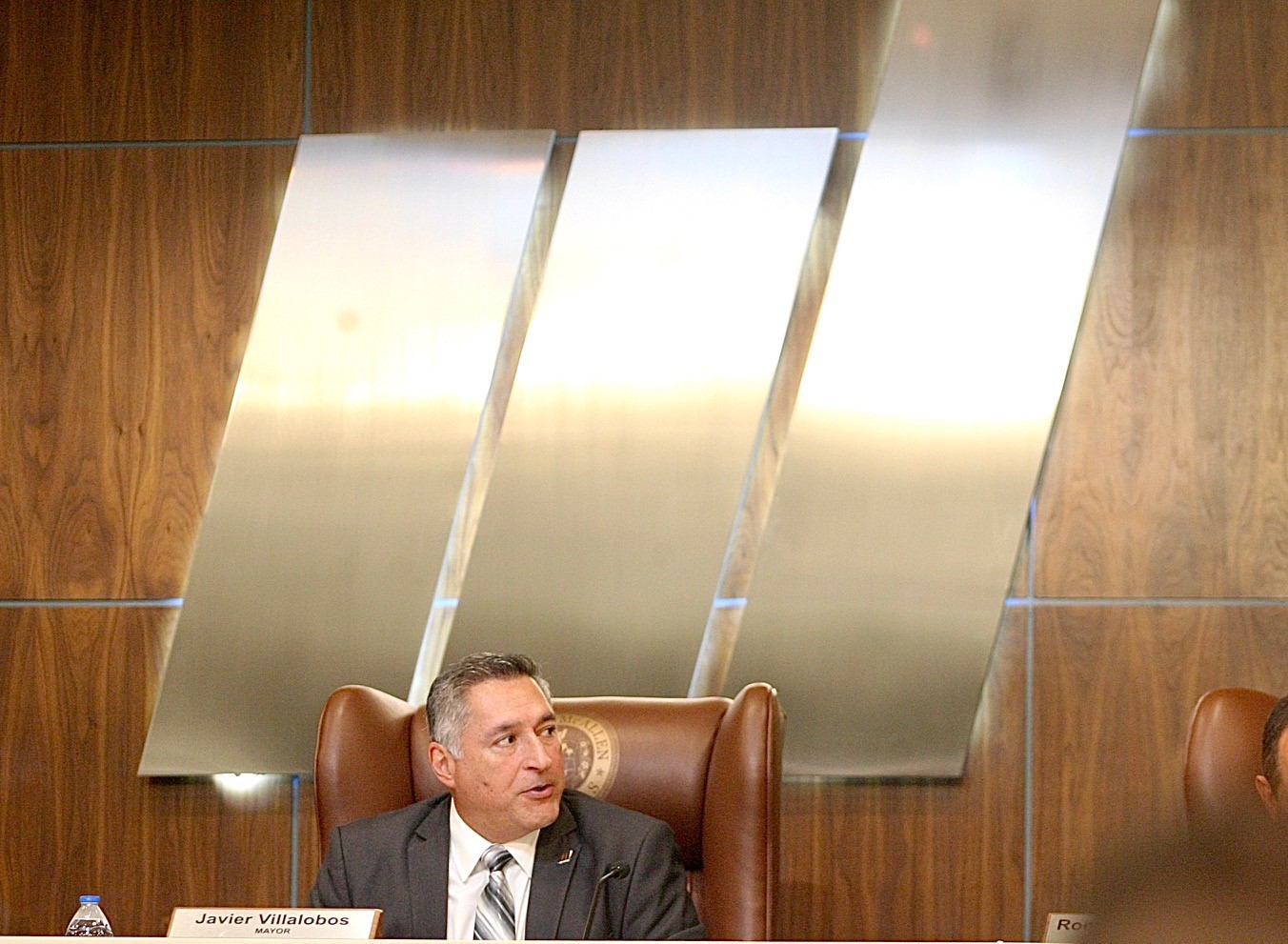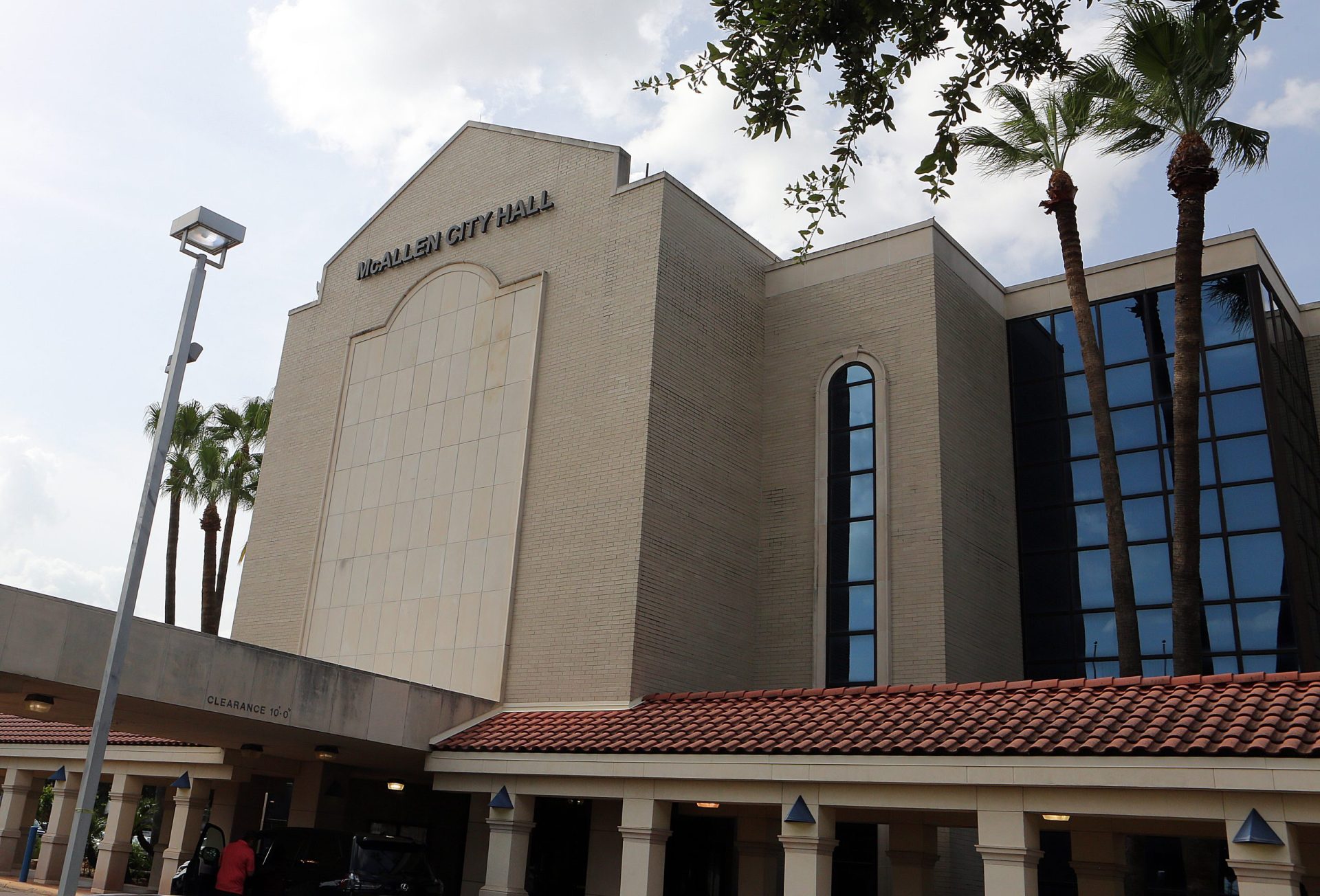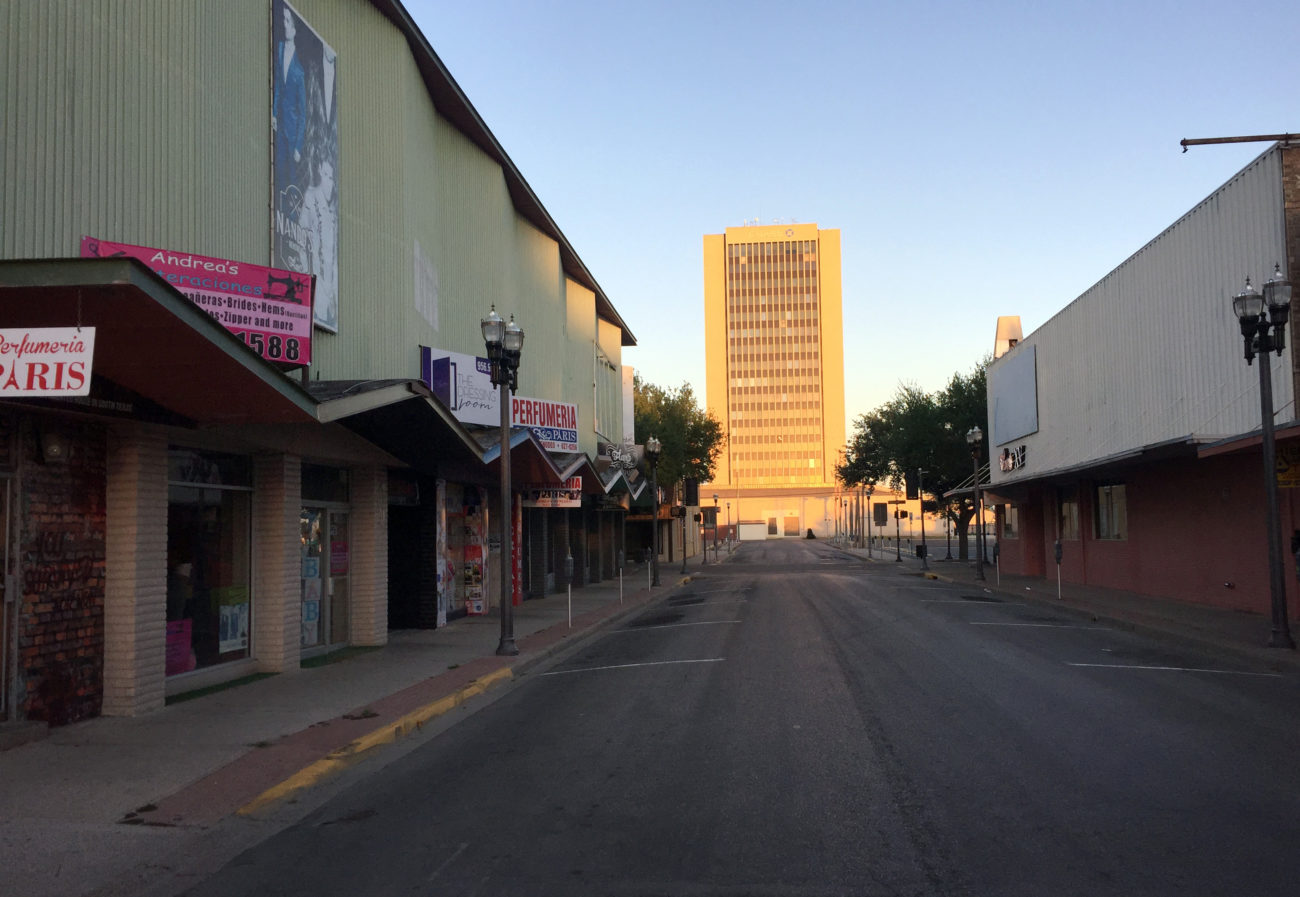|
Only have a minute? Listen instead
Getting your Trinity Audio player ready...
|
McALLEN — Could residents here soon rent an apartment one floor above their favorite local coffee shop or hangout?
The answer is “yes” if the McAllen City Commission approves a major overhaul of the city’s property development regulations that is currently being workshopped by city staffers.
It’s all part of a shift toward urbanizing Hidalgo County’s largest city — an effort to modernize McAllen’s approach to land use and create a more metropolitan city.
“This is a very important time in the city of McAllen for development, and just for McAllen’s future. We’ve been working on this UDC for about a year-and-a-half,” Edgar Garcia, the city’s planning director, said to a group of residents and property developers at the McAllen Chamber of Commerce on Thursday afternoon.
The group had gathered for a town hall to learn more about the city’s plans to implement a so-called “unified development code” that will revolutionize how McAllen approaches land use zoning and road infrastructure.
As Garcia explained, the unified development code, or UDC, was borne out of “Envision McAllen,” the city’s monthslong effort to brainstorm a comprehensive plan that officials adopted in May 2023.
As part of Envision McAllen, city staffers spent more than a year working with local business leaders, land developers and urban planners to come up with a framework that would guide McAllen’s growth into 2040.
They also sought out public input at various points along the way.
Thursday’s town hall was a continuation of that collaborative effort, and marked the second public listening session that McAllen officials have held to introduce one of the most significant byproducts to emerge from Envision McAllen.
The most significant change will be in how the city categorizes land use.

The UDC aims to streamline that categorization, in contrast to the current system, which relies on highly specific zones — some with various subcategories — to delineate between residential, commercial and industrial uses.
“We are consolidating a few of our zones, for example, our R-3s. Right now, you have R-3A, R-3C and R-3T. Those are apartments, condos and townhomes,” Garcia said, referring to the categories the city currently employs to define various kinds of multi-family residential development zones.
Under the new UDC guidelines, such sub-categorizations would be rolled into one all-encompassing category that would give developers the flexibility to build various types of residential housing without needing to apply for variances or zoning changes.
Another significant change in the UDC’s approach to zoning is its shift from zoning for specific types of housing to zoning for population density.
“The first thing you’ll notice is that the residential zone is now distinguished by density as opposed to the specific use,” Garcia said.
“Now, having just medium density and high density zones, you’ll be able to get a lot more creative with the housing options, hopefully get some of that ‘missing middle’ housing that some of you may have heard about,” he added a moment later.
Along with the shift toward zoning for population density will come the inclusion of two new “mixed-use districts.” And therein the UDC opens the door to the kinds of combined commercial/residential developments seen in more cosmopolitan metros like New York City.
Mixed use districts would allow “commercial uses on the first floor, with residential on the floors above,” Garcia said.
But the UDC goes beyond just consolidating residential zoning applications. The trend continues in how McAllen will approach parking and streets, and in how it will approach redeveloping properties that were designed under now antiquated regulations.
Commercial zoning categories will also be consolidated, while certain areas of the city, such as downtown, and the largely commercial areas of the city between 10th Street and Bicentennial Boulevard, would be designated a “city core zone.”

A “thoroughfare overlay” would allow further flexibility for developments near Interstate 2 and U.S. Highway 83, according to a 403-page draft copy of the UDC.
The UDC’s plans for roads include slowing traffic down along certain streets by reducing the width of vehicular lanes by one foot, and including such features as trees, bicycle lanes and on-street parking.
The goal there is to make McAllen more pedestrian friendly, in line with another new city effort, Vision Zero, which aims to increase pedestrian and bicyclist safety.
The UDC also drastically reduces the number of parking spaces that will be required of non-residential developments — by as much as 50% in some cases.
A 1,200-square-foot bar, which must currently have at least 12 parking spaces, would only need six under the UDC, Garcia said
Meanwhile, a 10,000-square-foot office building would only need to provide 20 parking spaces instead of 53.
“Now let me be clear: these are parking minimums. If a developer wants to provide more parking … by all means, they can still continue to provide that parking. We’re just not going to require it,” Garcia said.
During a question-and-answer session after the presentation, Garcia referred to an overabundance of parking space as land “that isn’t producing value to the city,” especially since McAllen’s ability to expand its territory through annexation is now much more limited.
“Now that we’re kind of set to where we are, we do want to be more mindful of land uses, and so this is what we came up with,” he said.
If the city commission adopts the UDC, the entire city will have to be rezoned.

“Obviously, once we get these new zones, our current zones won’t match. So we’re gonna have to undergo a citywide rezoning,” Garcia said.
McAllen held a one-month-long public comment period on the UDC that ended Wednesday, though Garcia said the city will accept additional comments until he presents the plan for adoption at the end of this month.
Should the commission greenlight the UDC, city staffers will begin a campaign to educate the public before it goes into effect sometime early next year.
But time is of the essence in modernizing the city’s decades-old land development legislation.
“I really hope that we can adopt this, ‘cause we’re at a place where McAllen needs to get swifter or the other cities are going to eat our lunch,” Garcia said.



